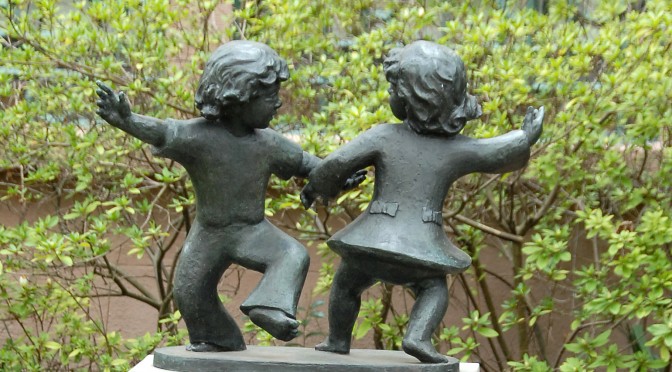Dancing is found in every culture; it is fundamental to who we are as humans. Our instinct to sync to a musical beat begins in infancy. Babies are unable actually to tap their toes to the music, but their little brain waves sync to the beat. Dance lights up the brain as it stimulates several areas: musical, language, emotional, kinesthetic, and rational predictive. Read more
Latest Posts
Podcast: Dancing With Your Baby author interview with Mr. Dad
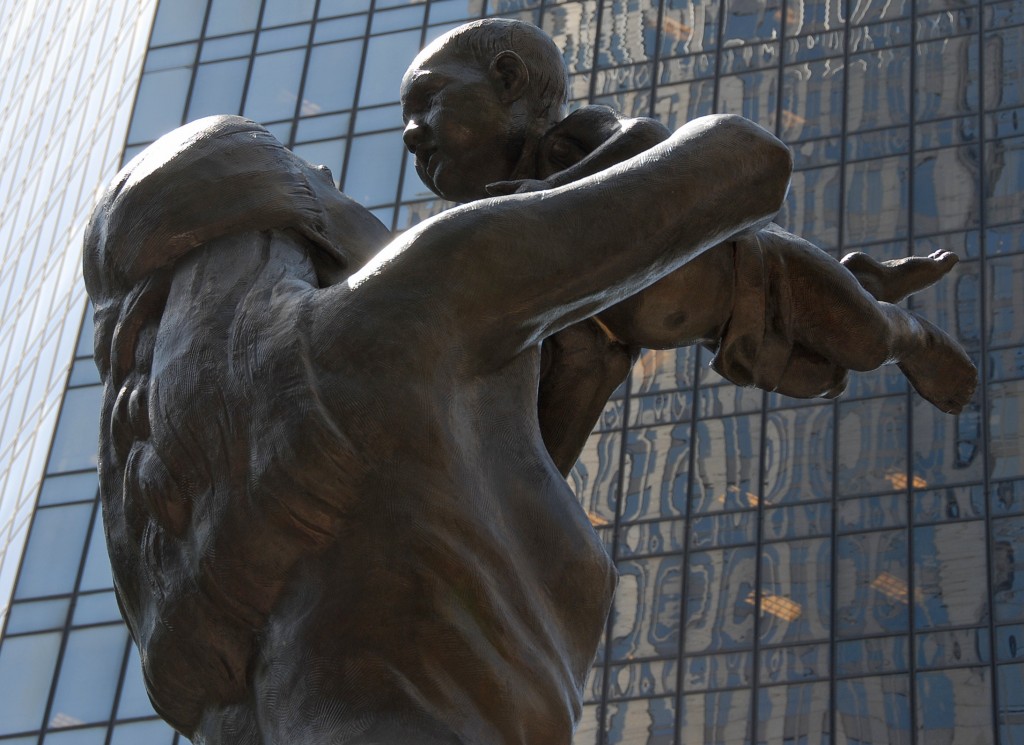
On Father’s Day 2015 I did an author interview on KOIT radio (San Francisco) with Armin Brott (aka Mr. Dad) for his “Positive Parenting” show. Listen here.
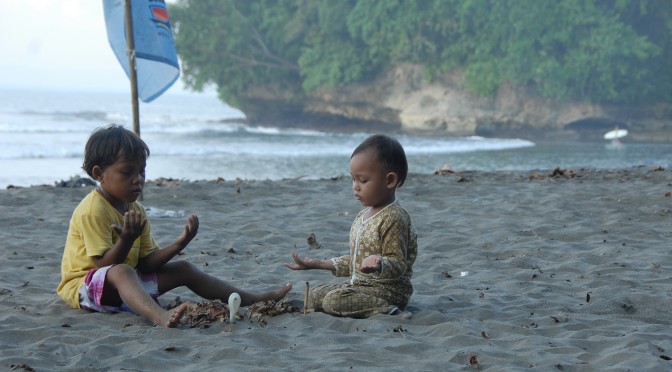
A Baby’s Posture is Key to Connecting Names & Memories to Objects
How do infants learn words for objects and how do they remember those words? Cognitive scientist, Linda Smith, of Indiana University, teamed up with a developmental psychologist and a roboticist to find the answers–they discovered that a baby’s posture and proximity to the object are critical in solving both these language acquisition problems. When a baby sees something and hears it named, their body position helps them connect these two features. Infants (and the robot) remembered the name-object even when the object was moved to a new location.
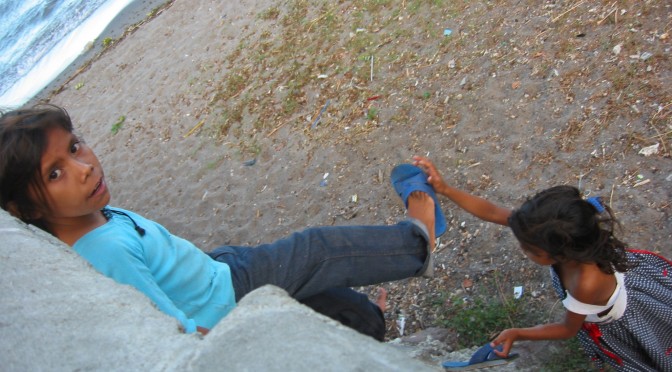
When and How Do Babies Become Helpful
When and How Do Babies Become Helpful?
Studies have shown that just seeing an image of a baby excites areas in the brain responsible for speech, movement, empathy, and reward. We adults are hardwired, whether you’re a man or a woman, to come to the aid of a baby. But what about baby, when do they start becoming helpful?
Fascinating research at McMasters University found that 14 month old babies, when danced in sync to music, were far more likely to help their partner afterwards.
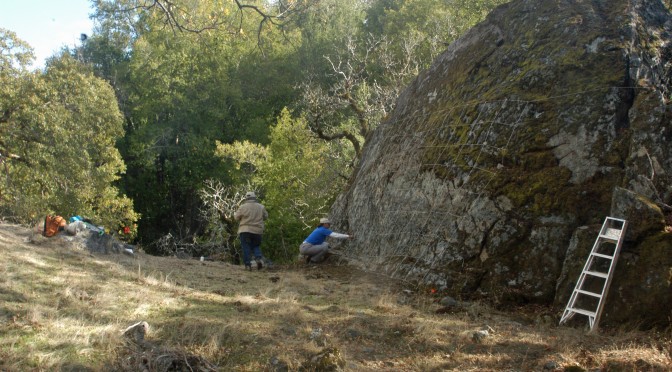
Documenting Cultural Landscapes
The National Park Service defines a cultural Landscape as: “A geographic area, including both cultural and natural resources and the wildlife or domestic animals therein, associated with a historic event, activity, or person or exhibiting other cultural or aesthetic values.” Read more
